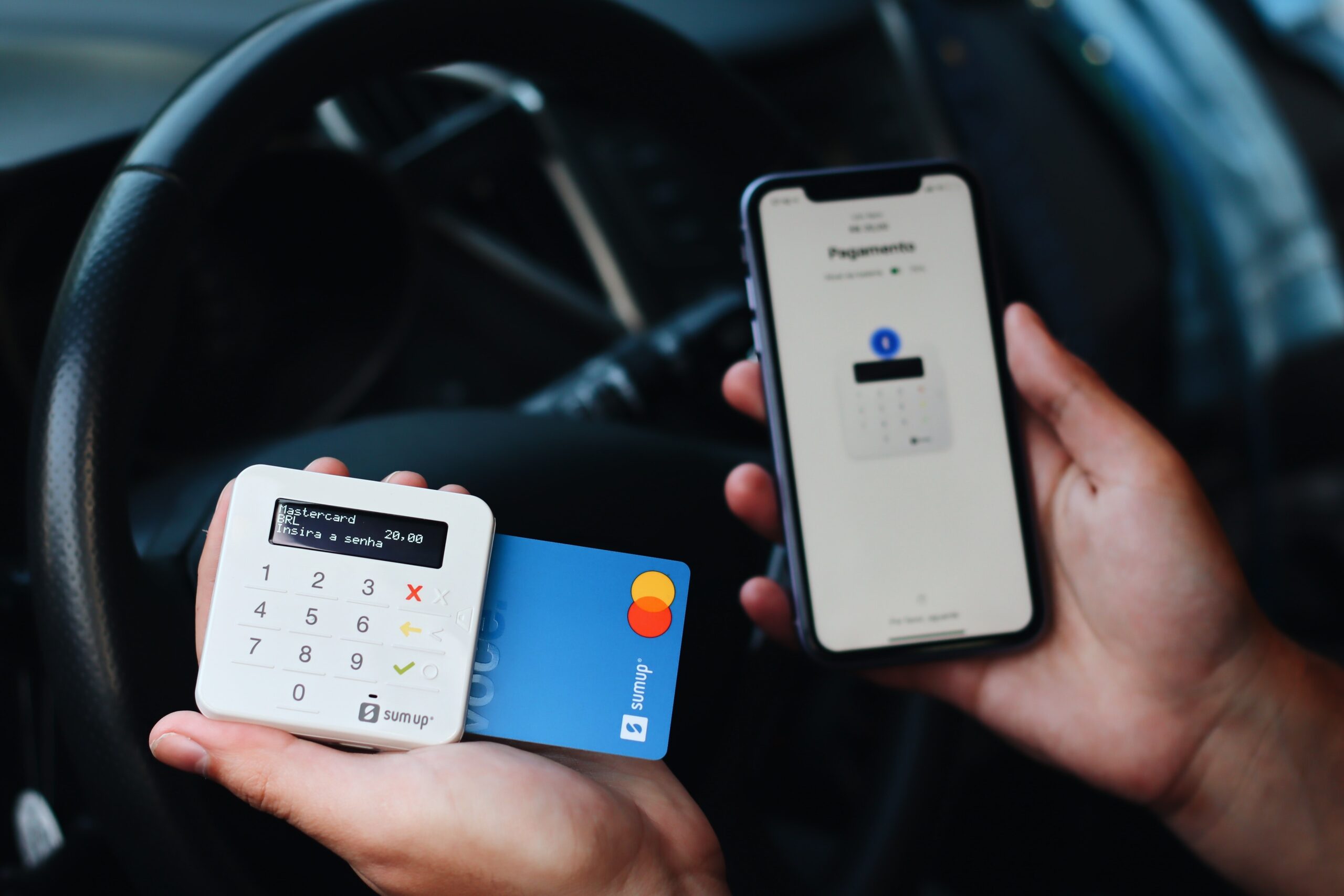Dealing with your finances may be a chore right now, but it’s still necessary to consider long-term financial goals. Financial planning can help you attain financial independence, build wealth, and reach major milestones. While the future may appear to be far away, it will definitely arrive. Make the most of your money today to reap the benefits later! Learn how to set short and long-term financial goals below!
What Are the Three Types of Financial Goals?
A financial objective might assist you in making the most of your hard-earned money. Anyone can set and achieve financial objectives if they are committed to improving their financial health. There are three types of financial goals: short-term, mid-term, and long-term.
Short-term financial objectives are those that you can achieve within a year. For example, whether saving for a new car or paying off credit card debt.
Mid-Term Financial Goals – Financial goals that you can achieve in one to five years, such as being debt-free or saving for a wedding.
Long-Term Financial Goals – Financial goals that will take more than five years to achieve. Long-term goals include retirement planning and investing for your child’s education.
Why Are Long-Term Financial Goals Important?
Many people focus primarily on short-term financial goals since they affect their immediate position. However, failing to plan for your financial future can leave you unprepared for unexpected circumstances. You may also deny yourself the ability to fulfill certain milestones, such as purchasing a home or resting after you reach retirement age.
Assume you only have short-term financial goals throughout your life. You make do and don’t feel the need to open a savings account. However, your car may require pricey repairs owing to a faulty suspension one day. You may find yourself in need of quick car repairs yet without funds. In that case, you may have to turn to fast cash loans online.
Taking out loans might harm your finances and disrupt your life. While loans are easy, they wind up costing hundreds or thousands of dollars in interest costs! Essentially, you are paying money to not save money. However, by setting aside a little dollars each month, you can quickly accumulate a significant emergency fund!
How to Protect Your Financial Future
There are several strategies to guarantee your financial future, ranging from debt repayment to the establishment of a retirement savings account. Learn how creating precise personal finance objectives can help you become financially stable below.
Pay Off Your Current Debts
Almost everyone has some debt, but having too much might stymie your financial success. If you have credit card or student loan debt, you lose money every year. These types of loans have high interest rates, which means that carrying a balance adds to your debt. Paying off existing debt early is less expensive, but it necessitates an active strategy.
Assume you owe $1,000 on your credit cards. If your APR is 29% and you consistently pay $50 each month, you will end up paying $344 in interest charges. That is a significant sum of money. Money spent on interest fees may have gone toward electricity bills or mortgage payments.
Create an Emergency Fund.
Everyone can benefit from an emergency fund. Anyone can save money. Despite a modest income, you may save money quickly if you plan ahead of time. Saving money allows you to avoid taking out high-interest loans in an emergency. High-interest costs can build up quickly, but having some cash on hand can save you hundreds of dollars!
Invest Your Money
Investing your money can help you generate wealth from your hard-earned money. Investing does not require extensive financial knowledge, but it does assist to understand the fundamentals of financial literacy. After you’ve established a savings account, you can start thinking about ways to expand your money. You can invest in bonds, equities, or Treasury Inflation-Protected Securities (TIPS). Remember that there are no risk-free investments, only low-risk investments.
Live within Your Means
You may have heard the phrase “live within your means.” What does this mean? People who live within their means do not spend more money than they make. You can save more money by lowering your monthly costs. However, when you live a luxury lifestyle, you expose yourself to financial risk. Everyone desires pleasant experiences and high-quality goods, but you should not rely on loans or credit cards to live the life you desire. Living within your means can make it much easier to meet key long-term financial goals.
Prioritize needs above wants.
Prioritizing what you need over what you want might help you save money and achieve your financial objectives. Shopping on the spur of the moment might empty your wallet and derail your financial strategy. Many people shop on the spur of the moment due to the pleasure of quick satisfaction. But keep in mind that the emotional high from hasty purchases is fleeting.
How to Start an Emergency Fund from Scratch in 4 Easy Steps
Everyone should maintain an emergency fund to help them achieve long-term financial objectives and cover unexpected expenses. Don’t have a lot of money to save? You can still budget money on a little income and save a lot! Saving is more about long-term commitment than the quantity deposited. Setting and attaining a financial goal can dramatically raise your confidence, which can improve your general quality of life.
Step 1: Make a budget for your income and expenses.
Budgeting your income and expenses is vital for determining how much you can afford to save in an emergency fund. To create a monthly budget, you must have the following information:
How much do you take home each month after taxes?
What are your monthly living expenses?
How much money do you waste on frivolous purchases?
Knowing how much you have to spend each month can make it easier to save money. There are several budgeting systems available, but the 50/30/20 budget rule is the most straightforward to begin with. This budget guideline states that 50% of your income should be spent on needs, 30% on discretionary expenses, and 20% on savings. Assume that your living expenses exceed 50% of your income. In that scenario, you can alter the percentages to better suit your needs. The key is to build good spending habits.
Step 2: Open a Savings Account
Once you’ve determined how much money you can spare each month, you should open a savings account. Savings accounts are available from many financial organizations, but the perks and interest rates vary. Consider how much you wish to contribute as an initial deposit because various banks and credit unions have specified criteria. Inquire about fees, minimum balance requirements, and accessibility.
To start a savings account, you will typically need to supply the following information:
Social Security number (SSN) or Individual Taxpayer Identification Number (ITIN)
Basic personal information (name, date of birth, address, etc.)
Phone number and email address
Bank account and routing numbers (for an initial deposit)
Step 3: Select a Contribution Amount
After you’ve established your savings account, think about how much money you want to save each month. Consistent deposits will help you build an emergency fund. Do not feel obligated to save a large sum of money straight soon if you are unable to maintain that monthly amount. The amount you deposit is vital, but keeping a consistent routine is much more important. Begin with a little amount and gradually increase it to avoid overloading yourself.
Step 4: Achieve Your Savings Goals
Once you begin contributing to an emergency fund, make careful to maintain your savings intact! It’s easy to spend easily available funds, but keep your financial goals in mind. If you want to buy your first house, maintain saving until you have enough money for a down payment. Alternatively, utilize the funds to pay off any financial responsibilities that are holding you down. Once you’ve achieved your preferred balance, you can reap the advantages of your efforts! Then continue to save for other short or long-term goals!
The Bottom Line: Long-Term Financial Objectives
Consumers must have both short and long-term financial objectives. Even though the future appears to be a lifetime away, it will ultimately catch up with you. You’ll be glad you planned ahead of time. You don’t have to make a lot of money to start saving or making big purchases. All you need to do is carefully review your income and budget to determine how much you can afford to set aside each month. When you commit to saving a tiny percentage of your salary each month, you secure your financial future. A savings account with three to six months’ worth of expenses will give a financial cushion for unexpected needs. However, continuing to save will ensure that you may totally relax once you reach retirement age! Remember, the best investment is in yourself!





























